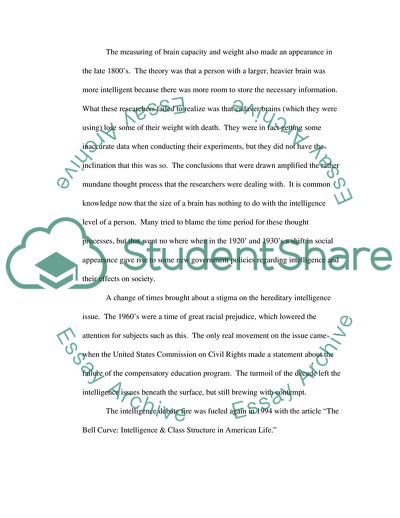Cite this document
(How Much Can We Boost IQ and Scholastic Achievement Essay, n.d.)
How Much Can We Boost IQ and Scholastic Achievement Essay. Retrieved from https://studentshare.org/psychology/1703874-arthur-jensen-1969-paper
How Much Can We Boost IQ and Scholastic Achievement Essay. Retrieved from https://studentshare.org/psychology/1703874-arthur-jensen-1969-paper
(How Much Can We Boost IQ and Scholastic Achievement Essay)
How Much Can We Boost IQ and Scholastic Achievement Essay. https://studentshare.org/psychology/1703874-arthur-jensen-1969-paper.
How Much Can We Boost IQ and Scholastic Achievement Essay. https://studentshare.org/psychology/1703874-arthur-jensen-1969-paper.
“How Much Can We Boost IQ and Scholastic Achievement Essay”, n.d. https://studentshare.org/psychology/1703874-arthur-jensen-1969-paper.


